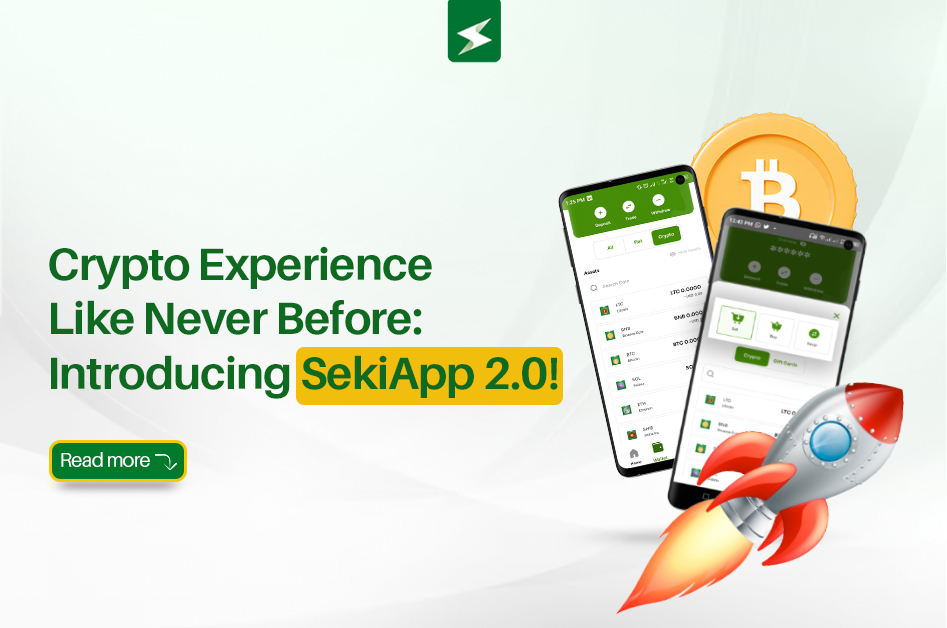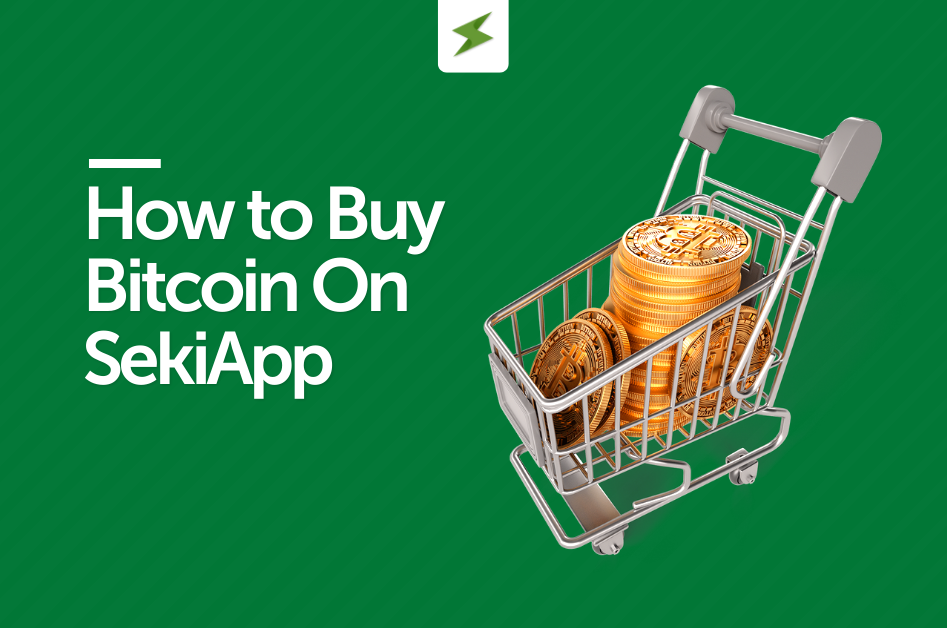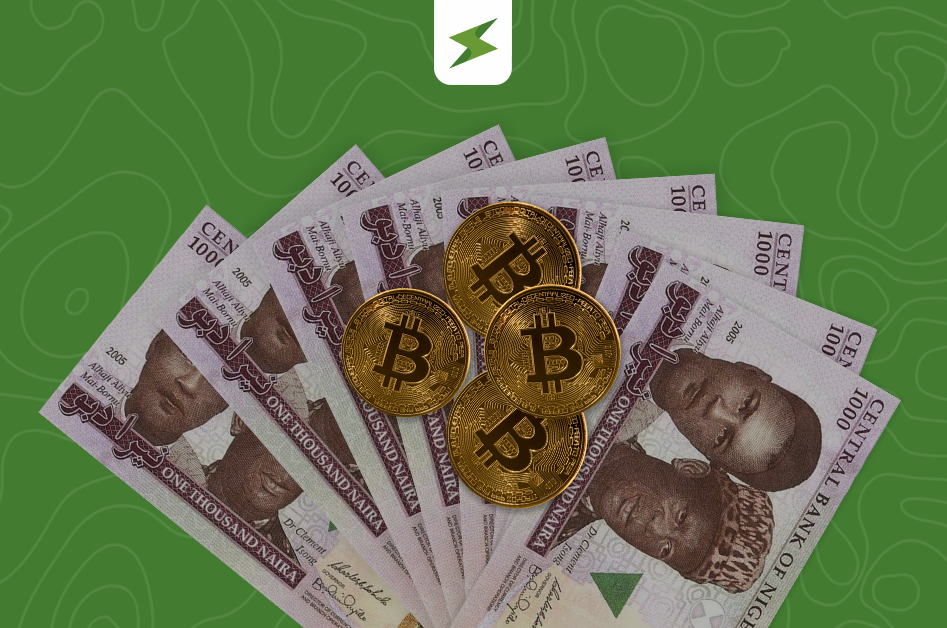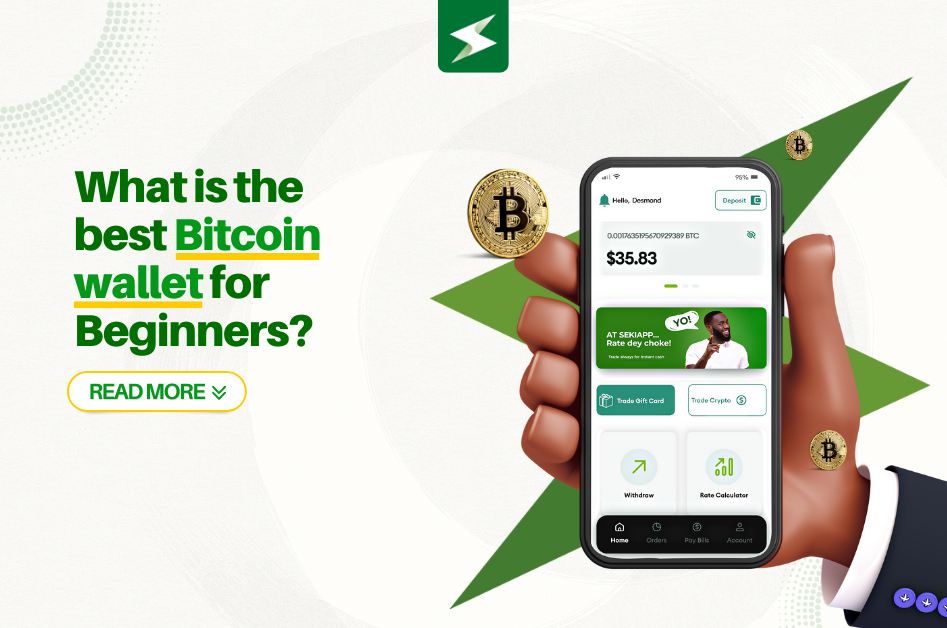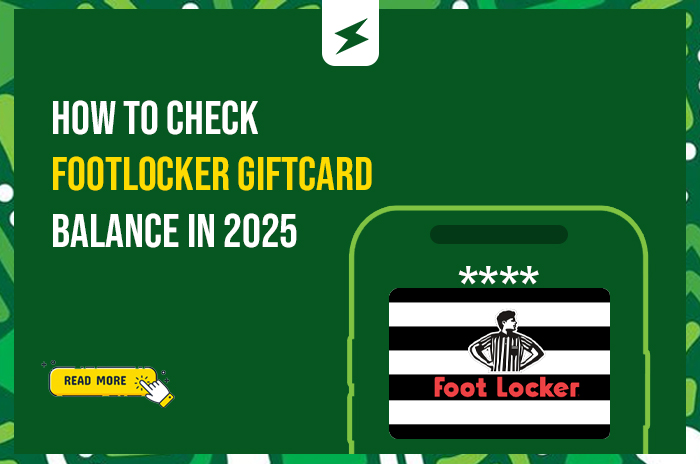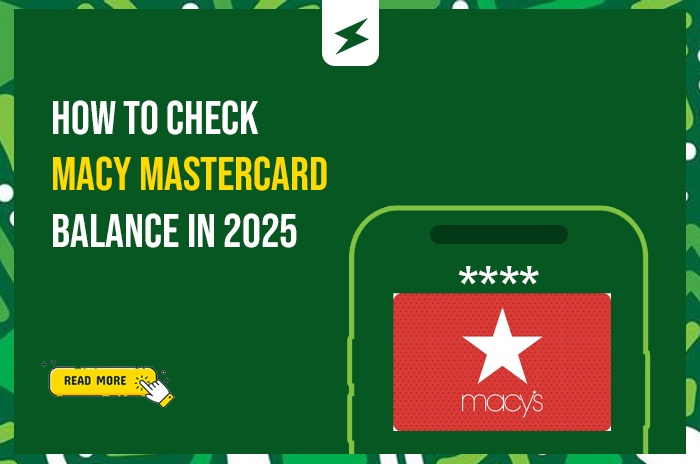
Unconfirmed Bitcoin transactions can be stressful — especially when you’ve sent funds and they haven’t shown up yet. But tracking them is simple once you know what to look for. This post walks you through how Bitcoin transactions work, where to check their status, how to interpret the data you see, and practical next steps if a transaction remains unconfirmed.
TL;DR
- Every Bitcoin transaction has a Transaction ID (TXID) you can use to look it up.
- Use a blockchain explorer (or mempool explorer) to track unconfirmed transactions.
- If a transaction is stuck, you can use Replace-By-Fee (RBF), Child Pays For Parent (CPFP), or simply wait — it often confirms when network congestion eases.
- Always keep the TXID and sender/recipient addresses handy.
What Does “Unconfirmed” Mean?
When you send Bitcoin, your transaction is broadcast to the network and sits in the mempool (the pool of pending transactions) until a miner includes it in a block. “Unconfirmed” simply means it hasn’t been added to a mined block yet.
Common reasons for unconfirmed transactions:
- Low miner fee relative to network demand
- Temporary network congestion
- Limited propagation across nodes (less common)
What You Need to Track a Bitcoin Transaction
To check the status of a Bitcoin transaction, you’ll need:
- Transaction ID (TXID): A long alphanumeric string that uniquely identifies your transaction (e.g.,
3a1b2c...). - Optional: The sender or receiver Bitcoin address or raw transaction hex (for advanced users).
Most wallets show the TXID in the transaction history. If you can’t find it, click on “details” or “view on explorer” in your wallet app.
Best Tools to Track Unconfirmed Bitcoin Transactions
You can use any blockchain explorer or mempool explorer to monitor transaction status. Popular examples include:
Key information to check on any explorer:
- Confirmations:
0means unconfirmed;1+means confirmed. - Mempool status: Whether the transaction is pending or dropped.
- Fee (sat/vByte): The fee rate paid — the higher, the faster miners pick it up.
- Size (vBytes): Larger transactions require higher fees.
- Inputs/Outputs: Addresses and amounts involved.
Step-by-Step: How to Check an Unconfirmed Transaction
- Find your TXID in your wallet’s transaction history.
- Open a blockchain explorer like mempool.space and paste the TXID into the search bar.
- Read the details:
- Confirmations: 0 means unconfirmed.
- Fee rate: Shows how much was paid to miners (compare to current average).
- Propagation: Some explorers show how widely the transaction has spread.
- Check the mempool backlog: If congestion is high and your fee is low, confirmation will take longer.
- Monitor over time: If the transaction remains unconfirmed after hours, consider increasing the fee (if possible).
What to Do If Your Bitcoin Transaction Is Stuck
1. Wait It Out
Network congestion comes and goes. As mempool clears, low-fee transactions often get picked up automatically.
2. Use Replace-By-Fee (RBF)
If your wallet supports RBF, you can resend the same transaction with a higher fee to encourage miners to confirm it faster.
3. Try Child Pays For Parent (CPFP)
If you received change from your unconfirmed transaction, you can create a new transaction that spends that change with a higher fee. Miners include both to collect the combined fees.
4. If Neither RBF nor CPFP Are Options
Just wait. If miners ignore your transaction for a long time, it eventually gets dropped from the mempool, and your wallet will unlock the funds automatically.
How to Tell If a Transaction Was Dropped or Double-Spent
- Dropped transactions: An explorer might show “not in mempool” — meaning nodes stopped tracking it.
- Double-spend: If another transaction uses the same inputs, it may show a different TXID. If that one confirms, your original transaction becomes invalid.
Practical Tips and Best Practices
- Check fee rates before sending. Use recommended levels from mempool explorers.
- Always enable RBF if your wallet supports it — it gives flexibility to bump fees later.
- Use trusted explorers for the most accurate confirmation data.
- Save your TXID after sending — it’s essential for tracking.
- Don’t panic — Bitcoin transactions are designed to be secure. Stuck doesn’t mean lost.
Example: Reading a Transaction Page
When you paste a TXID into a blockchain explorer, you’ll typically see:
- Status: Unconfirmed (0 confirmations)
- First seen: Date and time broadcasted
- Transaction ID: A long alphanumeric code
- Total value: Example: 0.015 BTC
- Fee rate: Example: 2 sats/vByte (low)
- Size: Example: 225 vBytes
- Inputs/Outputs: Sender and recipient details
Use these details to gauge whether your transaction will confirm soon or needs a fee bump.
Frequently Asked Questions (FAQ)
Q: How long can a Bitcoin transaction stay unconfirmed?
A: It depends on the network and your fee rate. High-fee transactions can confirm in minutes; low-fee ones may take hours or days.
Q: Is my Bitcoin lost if it’s unconfirmed?
A: No. Your funds remain yours until the transaction either confirms or gets dropped.
Q: Can I cancel an unconfirmed Bitcoin transaction?
A: Not directly, but you can use RBF to replace it or wait for it to drop from the mempool.
Final Thoughts
Unconfirmed Bitcoin transactions are common, especially during network congestion. The key is knowing your TXID, checking it with a reliable blockchain explorer, and taking smart steps — whether that’s waiting, using RBF, or applying CPFP.
With the right tools, you can easily track unconfirmed Bitcoin transactions and make informed decisions without worry.

